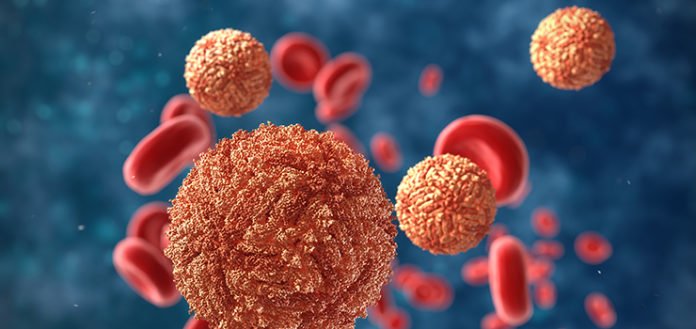In a new study by the UC Berkeley, scientists showed that almost half of the population in Managua, Nicaragua, has been infected with the Zika virus.
The analysts tested blood tests of 3,740 children and 1,074 adults from a region in Managua for antibodies to the Zika infection. 36% of kids and 56 percent of adults tested positive for Zika virus antibodies; the general rate was 46 percent.
The group likewise utilized the disease rate, known as the seroprevalence, to determine statistic, natural, spatial and ecological hazard factors for Zika virus. They found a more noteworthy seroprevalence in females than in males and found that seroprevalence expanded with age in children and leveled off with adulthood.
Eva Harris, professor of Infectious Diseases and Vaccinology at the School of Public Health and director of the UC Berkeley Center for Global Public Health said, “Knowing that 50 percent of the population was infected in only a three-month period during the epidemic is important because it means that another epidemic of that size and ferocity in the near future is very unlikely.”
“After the epidemic, the seroprevalence of Zika virus—the percentage of a population that was infected by the pathogen—was unknown. Seroprevalence studies are important for public health officials and the international scientific community to understand the extent of the Zika epidemic in Nicaragua, and by extension, in Latin Americ.”
Within these numbers, the analysts recorded a higher seropositivity in females than males, found that seroprevalence expanded with age in kids and leveled off with adulthood, and found an immediate connection amongst seropositivity and body surface area in kids, proposing that larger children will probably be chomped by mosquito vectors.
The investigation likewise uncovered a slope of seropositivity most elevated around the general cemetery, involving it as a potential environmental source for amplification of risk.
The study is published on August 27 in the Proceedings of the National Academy of Sciences.
